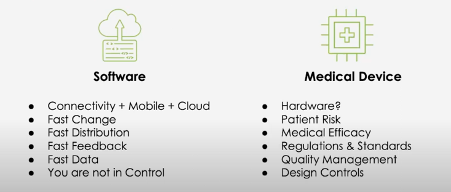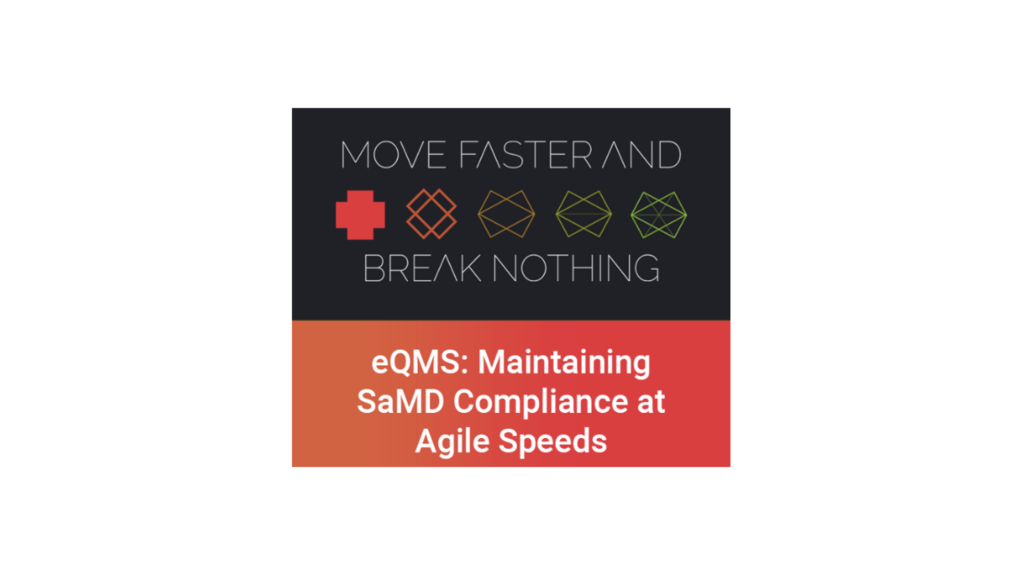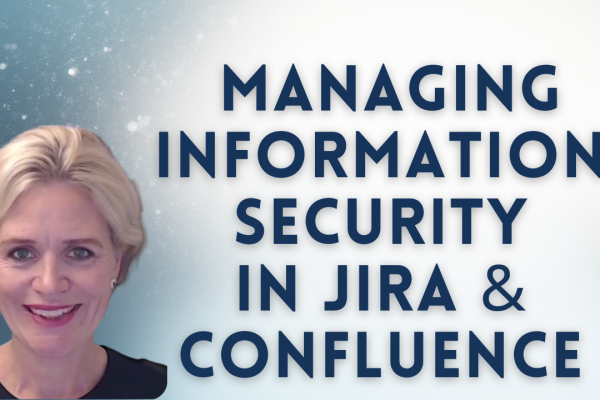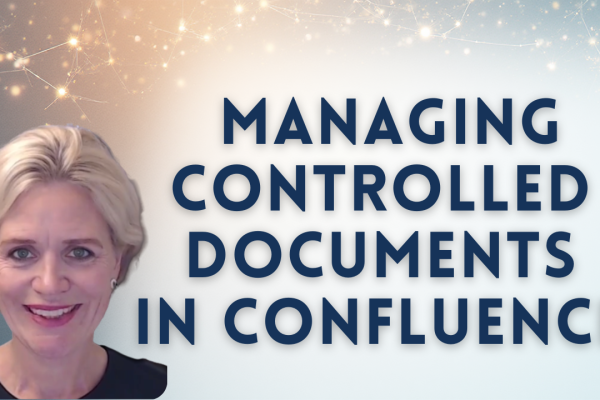A Customer Story on Building & Maintaining a Compliant Document Management in Confluence and Jira at agile speed
Orthogonal, a Chicago based company, builds SaMD and connected device systems by combining agile methods with regulatory compliance requirements. Over the course of the last 10 years they have been working with companies of various sizes – from device manufacturing start-ups to pharmaceutical giants that build, evolve and scale the regulated, software-enabled medical devices.
Maintaining their Document Management to fit agile development has always been a challenge and the main reason why Orthogonal has been looking for a solution that best meets these controversial requirements.
Working on a SaMD you need to adopt an Agile Document Management System. Manage compliance in the same environment your developers use and let them develop. It creates less friction, eliminates the duplication of work and speeds up your progress, resulting in faster market access.
THE CONTROVERSY
When we think about software, the central keyword is: Speed
When we think about Medical Devices, the most important keyword is: Safety

THE SOLUTION – an Agile Document Management System
Prior to the new ways of working, Orthogonal had a typical document-centric standalone system for Requirements, Specifications, Risk Management, Verification, Traceability. At the same time, their Developers, Product Managers and QA were working in Atlassian Jira, Confluence and GitHub. There was not much synergy between these processes – people were not looking at/working on the same things in the same environments. This resulted in having documentation for documentation’s sake, wasted effort, longer timelines. All of them knew that there must be a better way of doing this.
The key is to make non-development activities more agile.
The aim was to get the whole team working within one system, where modular design and agile practices could be extended to design control activities. All this was to be achieved with minimal developer disruption: minimal developer disruption: let the developers develop and get their input using the same tools they had been using. Integrated, iterative work on Requirements, Architecture, Design, Risk Management, V&V and Traceability needs to be visible to everyone.
Documentation should be generated automatically as the output of work being done, rather than an extra effort of manually producing documentation. In a nutshell, Orthogonal was aiming for: increased quality, reduced cost and reduced effort spent on design controls.
SETTING UP DOCUMENT MANAGEMENT IN CONFLUENCE AND JIRA
Confluence is a powerful collaboration tool that can be used for a variety of purposes, including document management. With Confluence, you can easily store, organize, and share documents with your team. You can also track changes to documents over time, and ensure that everyone is working on the latest version.
There are a number of add-ons in Jira and Confluence that can be used to support your electronic document management.
Orthogonal collaborated with SoftComply who helped kick-start their documentation management in Confluence by applying compliant workflows and configuring all the relevant apps they were using. “That saved us at least 3 months of time from (con)figuring everything out ourselves”, said Orthogonal’s Chief Solution Officer.
Orthogonal chose the following SoftComply add-ons on Atlassian platform:
- SoftComply eQMS
- SoftComply Static Snapshots
- SoftComply Change History
- SoftComply Risk Manager in Jira
- SoftComply Risk Manager for Confluence
“Having the support from vendors like SoftComply and using tools like the SoftComply Risk Manager really facilitate the overall experience of development management and document”.
Please, see the webinar recording from Orthogonal to see how they put these apps into use, and more.
Full article by Orthogonal can be found here.
BENEFITS OF HAVING DOCUMENT MANAGEMENT IN CONFLUENCE
- Centralized storage: All of your documents are stored in one central location, making them easy to find and access.
- Version control: You can track changes to documents over time, so you always know which version is the latest.
- Collaboration: Confluence makes it easy to collaborate on documents with your team. You can comment on documents, and @mention other users to get their feedback.
- Searchability: Confluence documents are indexed, so you can easily find the information you need. If you’re looking for a powerful and easy-to-use document management system, Confluence is a great option.
TIPS FOR BUILDING DOCUMENT MANAGEMENT IN CONFLUENCE
- Create a dedicated space for documents: This will help you keep your documents organized and easy to find.
- Use tags and labels to categorize your documents: This will make it even easier to find the information you need.
- Set up version control: This will help you track changes to documents over time, and ensure that everyone is working on the latest version.
- Use the search function: The search function in Confluence is very powerful, so you can easily find the information you need.
CONCLUSION
If you’re new to Confluence, or if you’re looking for more information on how to use it for document management, there are a number of resources available to you. The Atlassian website has a comprehensive documentation section, and there are also a number of third-party articles and tutorials available. You can easily and effectively manage your documents in Confluence together with the third-party apps like the ones from SoftComply.
So what are you waiting for? Start using Confluence today!






